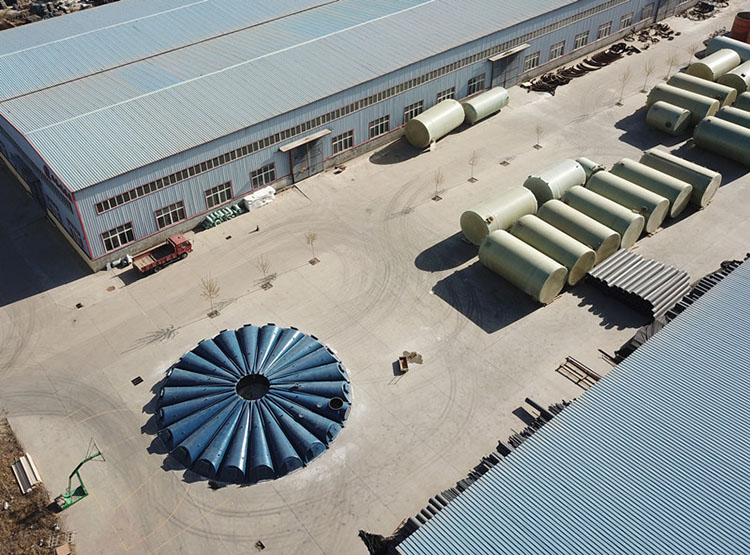
-
 Afrikaans
Afrikaans -
 Albanian
Albanian -
 Amharic
Amharic -
 Arabic
Arabic -
 Armenian
Armenian -
 Azerbaijani
Azerbaijani -
 Basque
Basque -
 Belarusian
Belarusian -
 Bengali
Bengali -
 Bosnian
Bosnian -
 Bulgarian
Bulgarian -
 Catalan
Catalan -
 Cebuano
Cebuano -
 China
China -
 China (Taiwan)
China (Taiwan) -
 Corsican
Corsican -
 Croatian
Croatian -
 Czech
Czech -
 Danish
Danish -
 Dutch
Dutch -
 English
English -
 Esperanto
Esperanto -
 Estonian
Estonian -
 Finnish
Finnish -
 French
French -
 Frisian
Frisian -
 Galician
Galician -
 Georgian
Georgian -
 German
German -
 Greek
Greek -
 Gujarati
Gujarati -
 Haitian Creole
Haitian Creole -
 hausa
hausa -
 hawaiian
hawaiian -
 Hebrew
Hebrew -
 Hindi
Hindi -
 Miao
Miao -
 Hungarian
Hungarian -
 Icelandic
Icelandic -
 igbo
igbo -
 Indonesian
Indonesian -
 irish
irish -
 Italian
Italian -
 Japanese
Japanese -
 Javanese
Javanese -
 Kannada
Kannada -
 kazakh
kazakh -
 Khmer
Khmer -
 Rwandese
Rwandese -
 Korean
Korean -
 Kurdish
Kurdish -
 Kyrgyz
Kyrgyz -
 Lao
Lao -
 Latin
Latin -
 Latvian
Latvian -
 Lithuanian
Lithuanian -
 Luxembourgish
Luxembourgish -
 Macedonian
Macedonian -
 Malgashi
Malgashi -
 Malay
Malay -
 Malayalam
Malayalam -
 Maltese
Maltese -
 Maori
Maori -
 Marathi
Marathi -
 Mongolian
Mongolian -
 Myanmar
Myanmar -
 Nepali
Nepali -
 Norwegian
Norwegian -
 Norwegian
Norwegian -
 Occitan
Occitan -
 Pashto
Pashto -
 Persian
Persian -
 Polish
Polish -
 Portuguese
Portuguese -
 Punjabi
Punjabi -
 Romanian
Romanian -
 Russian
Russian -
 Samoan
Samoan -
 Scottish Gaelic
Scottish Gaelic -
 Serbian
Serbian -
 Sesotho
Sesotho -
 Shona
Shona -
 Sindhi
Sindhi -
 Sinhala
Sinhala -
 Slovak
Slovak -
 Slovenian
Slovenian -
 Somali
Somali -
 Spanish
Spanish -
 Sundanese
Sundanese -
 Swahili
Swahili -
 Swedish
Swedish -
 Tagalog
Tagalog -
 Tajik
Tajik -
 Tamil
Tamil -
 Tatar
Tatar -
 Telugu
Telugu -
 Thai
Thai -
 Turkish
Turkish -
 Turkmen
Turkmen -
 Ukrainian
Ukrainian -
 Urdu
Urdu -
 Uighur
Uighur -
 Uzbek
Uzbek -
 Vietnamese
Vietnamese -
 Welsh
Welsh -
 Bantu
Bantu -
 Yiddish
Yiddish -
 Yoruba
Yoruba -
 Zulu
Zulu
grp dual lamination products for enhanced durability and
Exploring GRP Dual Lamination Products for Enhanced Durability and Performance
In today’s fast-paced industrial environment, the demand for materials that offer superior durability and performance has never been greater. One such innovative solution is the Glass Reinforced Plastic (GRP) dual lamination products. These advanced materials are revolutionizing various sectors by providing enhanced structural integrity, resistance to environmental factors, and increased longevity.
GRP, also known as fiberglass, is a composite material made from a polymer matrix reinforced with glass fibers. This combination results in a lightweight yet strong product that can withstand significant stress and is resistant to corrosion. The dual lamination process takes this a step further by applying two layers of resin, significantly improving the attributes of the final product.
The dual lamination technique involves a meticulous process where an initial layer of resin is applied to a substrate, followed by the addition of glass fiber reinforcement. Once this layer has cured, a second lamination is applied on top. This additional layer serves to enhance the bonding strength and overall durability of the product, making it particularly suitable for applications where harsh conditions are a concern.
One of the most notable advantages of GRP dual lamination products is their exceptional resistance to environmental stresses. Unlike traditional materials such as steel or wood, GRP does not suffer from rust, rot, or degradation due to exposure to moisture and chemicals. This property makes it ideal for use in various industries, including marine, construction, and chemical processing, where materials are often subjected to challenging conditions.
grp dual lamination products for enhanced durability and

Furthermore, the dual lamination process enhances the thermal stability of GRP products. This is particularly beneficial in applications where temperature fluctuations are common. Enhanced thermal resistance allows these products to maintain their structural integrity over time, reducing the likelihood of warping, cracking, or other failures.
In addition to their physical properties, GRP dual lamination products also offer significant aesthetic benefits. The smooth finish achieved through the lamination process not only enhances the visual appeal but also simplifies cleaning and maintenance. This is especially advantageous in industries where hygiene is paramount, such as food processing and pharmaceuticals.
Another critical aspect of GRP dual lamination products is their sustainability. As industries increasingly seek eco-friendly solutions, GRP materials offer a compelling alternative. The long lifespan of these products reduces the need for frequent replacements, which in turn lowers waste and resource consumption. Additionally, GRP can be manufactured with recycled materials, further minimizing its environmental impact.
The versatility of GRP dual lamination products cannot be overstated. They can be molded into a variety of shapes and sizes, allowing for customized solutions tailored to specific needs. Whether it be in the form of tanks, piping, panels, or other structures, GRP provides an adaptable solution that meets the diverse requirements of modern industries.
In conclusion, GRP dual lamination products represent a significant advancement in material science, addressing the crucial need for durable and reliable solutions in various applications. With their impressive strength, corrosion resistance, aesthetic appeal, and environmental benefits, they are poised to play a pivotal role in shaping the future of construction, manufacturing, and beyond. As industries continue to evolve, embracing innovative materials like GRP will be essential for achieving operational efficiency and sustainability. The future is indeed bright for GRP dual lamination products, and their impact will undoubtedly be felt for years to come.









